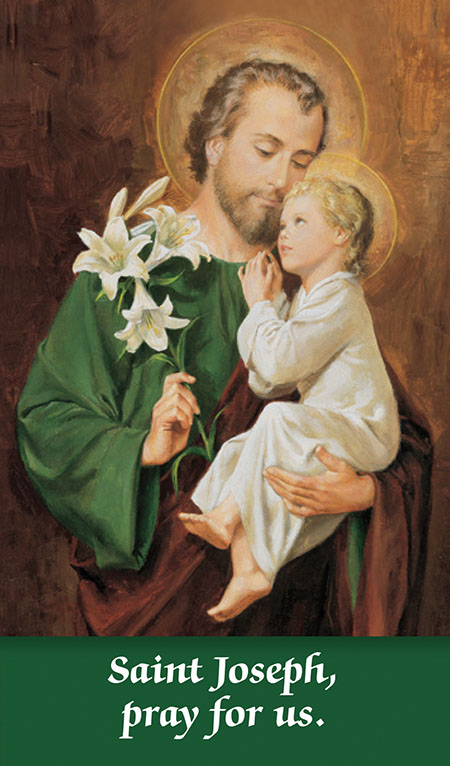Most saints do not warrant two feast days, but not every saint is St. Joseph, husband of our Holy Mother Mary and the foster-father of Jesus.
March 19th is the traditional feast day of St. Joseph and it always falls during Lent. In addition, to foster deeper devotion to Saint Joseph among Catholics, and in response to the “May Day” (May 1st) celebrations for workers sponsored by Communists, Pope Pius XII instituted the feast of Saint Joseph the Worker in 1955. This feast extends the long relationship between Joseph and the cause of workers in both Catholic faith and devotion.
St. Joseph is seen as a patron and a protector of the church and, according to Fr. Michael Martin, OFM Conv., Director of Catholic Campus Ministry at Duke University, it is his example that makes him so special.
“St. Joseph’s example inspires in us a desire to allow Jesus to be the main story,” said Fr. Michael. “St. Joseph shows us how to do our work, be known for who we are, but let the focus be where it deserves to be, on the Son of God. Contextualizing our lives as not the epicenter of existence is critical in a world with such clamor to make it all about ourselves.”
St. Joseph has inspired many traditional celebrations, all over the world.
In Italy, where he is considered a patron saint to many, a large feast is prepared in his honor, and, much like the green worn on St. Patrick’s Day, the occasion is marked by wearing red. This was originally established as a thank you to St. Joseph, in the middle ages when the people of Sicily prayed to him to bring rain during a time of great drought. The rains came, saving the region’s fava bean crop and the population from starving.
For the same reason, many mark the Solemnity of St. Joseph, as the feast day is also known, by giving food to the needy. On this day, altars are adorned with flowers, limes, candles, wine, fava beans, specially prepared cakes, breads, and cookies (as well as other meatless dishes), and zeppole. Foods are traditionally served containing bread crumbs to represent saw dust since Joseph was a carpenter. Because the feast occurs during Lent, traditionally no meat is allowed on the celebration table. The altar usually has three tiers, to represent the trinity.
In Spain the feast is regarded as “Father’s Day,” as St. Joseph was a symbol of what a father should be. In Poland, tables are decorated in red and white, with holy cards, candles and meatless dishes. In the Philippines, an old man, a young lady and a small boy are chosen from among the poor and are dressed up as Saint Joseph, the Virgin Mary, and the child Jesus, seated around a table set with the family’s best silverware, and served a variety of courses. In the United States, variations of all of these traditions are held in New Orleans, various Italian and Polish communities in New York, and throughout New England and the Mid-Atlantic. †
Articles from this edition:

